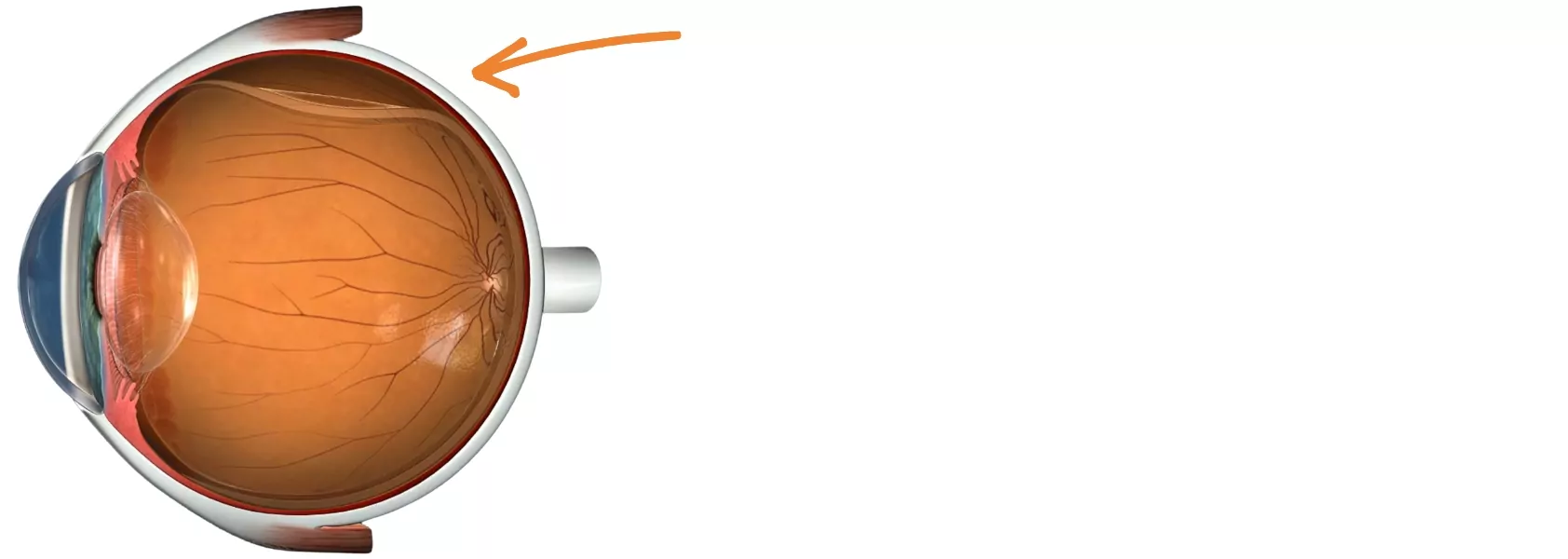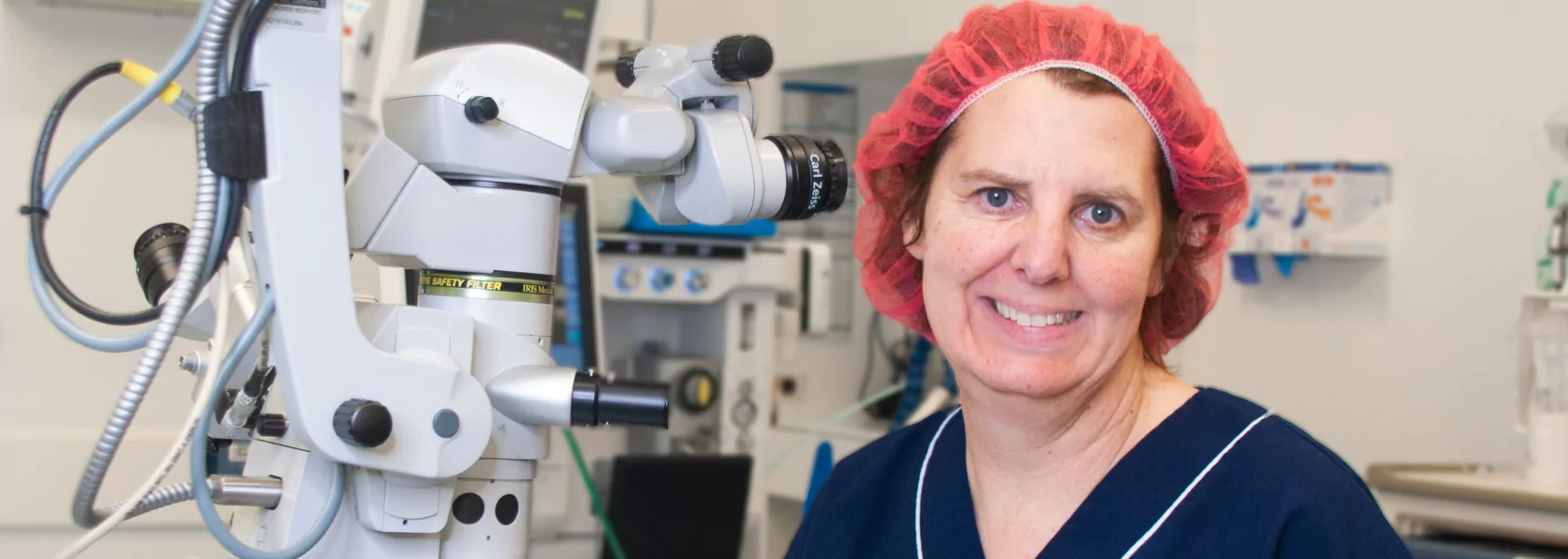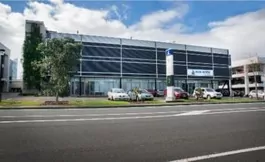Understanding surgical retina
The retina is the light-sensitive layer of tissue that lines the inner surface of the eye. It captures light and sends signals to the brain that result in vision. In a retinal detachment, the retina separates from the underlying tissue and stops functioning properly, causing peripheral shadows and a curtain-like effect and leading to total blindness in the affected eye.
A detached retina occurs most frequently in middle-aged and elderly, near-sighted patients and people with a family history of retinal detachment. In New Zealand, around 400 cases occur every year. If you notice any symptoms, see your ophthalmologist immediately.

Signs and symptoms
Early symptoms of a detachment may include flashes of light, the sudden appearance of a floater or a ‘curtain’ or ‘shadow’ appearing in the peripheral vision.
Signs of retinal detachment include:
- Light flashes
- ‘Wavy’ or ‘watery’ vision
- ‘Veil’ or ‘curtain’ obstructing vision
- Shower of floaters that resemble spots, bugs or spider webs
- Sudden decrease in vision
Vision with retinal detachment

Degree of urgency
Patients with retinal detachment symptoms should urgently contact their eye specialist. If the ‘shadow’ does not involve the central field of vision, retinal detachment repair should be done as soon as possible. If the central vision has already been affected, the timing of surgery is less crucial. usual.
Surgical treatments of a detached retina
Retinal detachment requires surgery to reattach the retina to the inside of the eye. The surgeon uses a laser to ‘spot-weld’ the retina back on and often places a gas bubble inside the eye to help stabilise the retina while it is healing.

Recovery after surgery
Procedures to reattach the retina are performed in a hospital or day surgery centre. Some patients go home the same day, but others may have to stay in the hospital overnight or longer. You should arrange someone to drive you home and stay with you for at least one day.
Your repaired eye is covered with a pad and protective shield and may appear red and swollen during recovery. You can expect some soreness for four to eight weeks, and if tiny dissolving stitches have been used, the surface of the eye may have a gritty feeling. You may have flashes and floaters in your vision for some time, but blurred vision usually resolves in a few weeks.
If your surgery involves a bubble of gas, you will be instructed to position your head to keep the bubble in place to support the retina as it heals. Your body usually takes about 10 days to reabsorb the gas.
Avoid pressing or getting water into the operated areas as this can damage your eye. You may need to wear an eye shield at night and take medication to relieve pain, assist recovery and reduce the risk of infection. Air travel and strenuous work are generally not advised during recovery.









